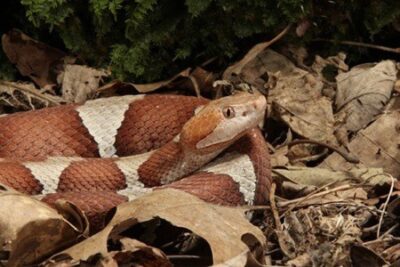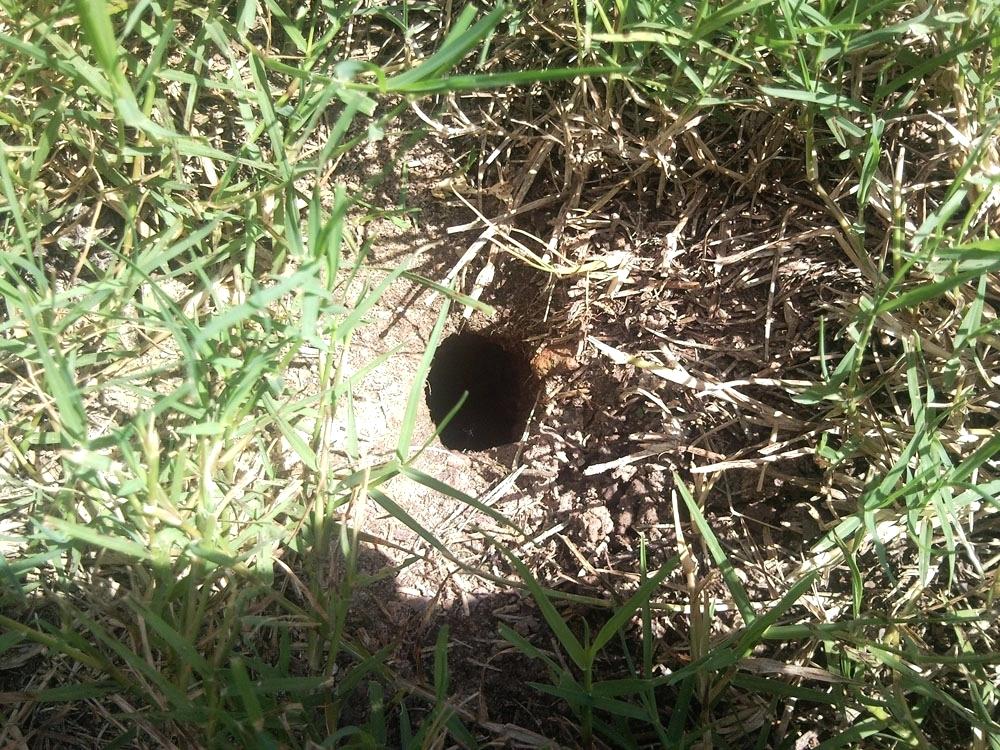
Even then, it was difficult to spot for some. To help those who couldn’t find it, Missouri Wildlife circled the area in which the copperhead was residing. “Amazing camo! I still haven’t spotted it & I usually can.” Missouri Wildlife reposted a Facebook post that has a photo of a copperhead snake perfectly hidden in plain sight, and many of the Facebook commenters were at a loss to find it. The copperhead snake can easily blend in among fallen, dead leaves, so much so that if a person isn’t careful, they could step on one. There is no specific copperhead antivenom, but tiger snake antivenom is effective.Venomous copperhead snakes are said to be some of the more commonly seen snakes in North America, a somewhat scary thought considering how many might be overlooked, what with their excellent camouflage. Nevertheless, they deliver a substantial quantity of venom, and a copperhead bite left untreated can easily kill a healthy adult human.

Their venom is, by Australian standards, only moderately toxic (equal on a per-mg basis to that of the Indian cobra). They are shy and retiring by nature, and prefer to escape rather than fight where escape is possible.

Like all elapids (members of the family Elapidae), Australian copperheads have hollow, fixed fangs mounted at the front of the jaw. Where frogs are common, so too are copperheads, and other snakes tend to be rare.īreeding starts in spring, and females give birth in late summer to about 14 live young, each a little under 20 cm (7.9 in) long. They are generalised carnivores and will take any suitably-sized prey, including their own young, but the major diet item is frogs. While they are moderately uncommon elsewhere, they congregate in substantial numbers where conditions are suitable.Ĭopperheads are diurnal at most times of year, but switch to night hunting in hot weather.Ĭopperheads are very much at home in the water they swim well and often hunt tadpoles. Venom toxicity has been measured at 0.5 mg/kg subcutaneous, at least for the lowland copperhead.Ĭommon names include copperhead, diamond snake, superb snake, lowland snake, and highland snake.Ĭopperheads are well adapted to cooler climates they remain active after most reptiles have become dormant, and are the first to resume hunting at the end of winter. Perhaps in consequence of their great variation, it was not realised until the second half of the 20th century that there were three different species. Some individuals also have visible markings just behind the head. The copper head colouring that gave rise to the common name is not always present. Their colour varies a great deal, from a coppery mid-brown to yellowish, reddish, grey or even black, depending on the individual.

The lowland copperhead reaches 1.75 m (5 ft 9 in) in length and lives in southern Victoria into Tasmania.Īustralian copperheads are usually of medium size, 1.4–1.7 m (4.6–5.6 ft), only rarely being more than 1.8 m (5.9 ft) long, and have a moderate build.

The highland copperhead is 1.25 m (4.1 ft) in length and lives in alpine areas of Victoria and New South Wales. The pygmy copperhead is 60 cm (2.0 ft) long, and lives in South Australia and on Kangaroo Island. There are three species of Australian copperheads: the pygmy, the highland, and the lowland. They are not closely related to the American copperhead, Agkistrodon contortrix. They are commonly called copperheads or Australian copperheads. Three species are currently recognized, with no subspecies. Austrelaps is a genus of venomous elapid snakes native to the relatively fertile, temperate, southern and eastern part of the Australian continent.


 0 kommentar(er)
0 kommentar(er)
